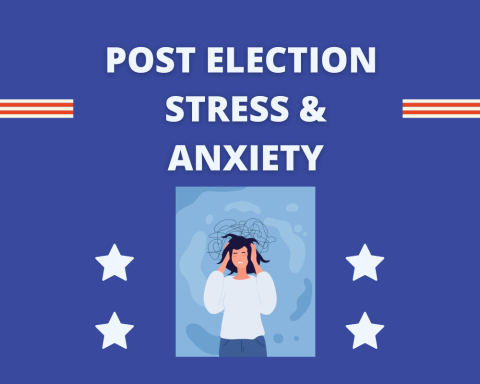
Panic Disorder
Understanding Panic Disorder
Panic disorder is diagnosed in people who experience spontaneous seemingly out-of-the-blue panic attacks and are very preoccupied with the fear of a recurring attack. Panic attacks occur unexpectedly, sometimes even when waking up from sleep. Panic disorder usually begins in adulthood (after age 20), but children can also have panic disorder and many children experience panic-like symptoms.
About 2-3% of Americans experience panic disorder in a given year and it is twice as common in women than in men. Panic disorder can interfere a lot with daily life, causing people to miss work, go to many doctor visits, and avoid situations where they fear they might experience a panic attack. The interference is greatest when people also have agoraphobia, as well as panic disorder.
Many people don't know that their disorder is real and highly responsive to treatment. Some are afraid or embarrassed to tell anyone, including their doctors and loved ones, about what they experience for fear of being considered a hypochondriac. Instead they suffer in silence, distancing themselves from friends, family, and others who could be helpful or supportive.


















